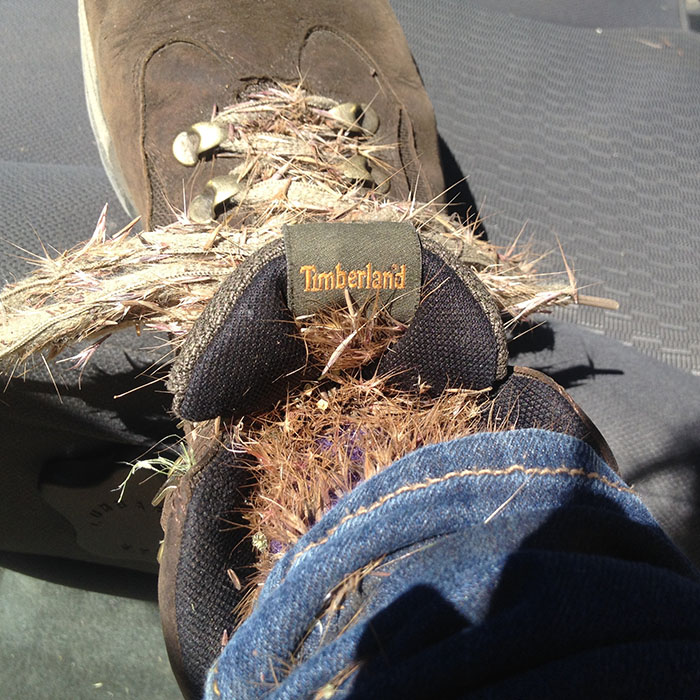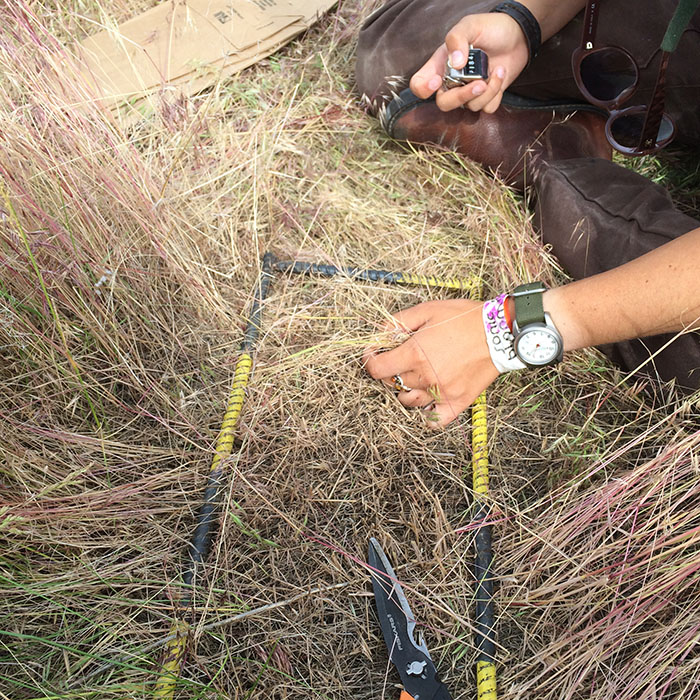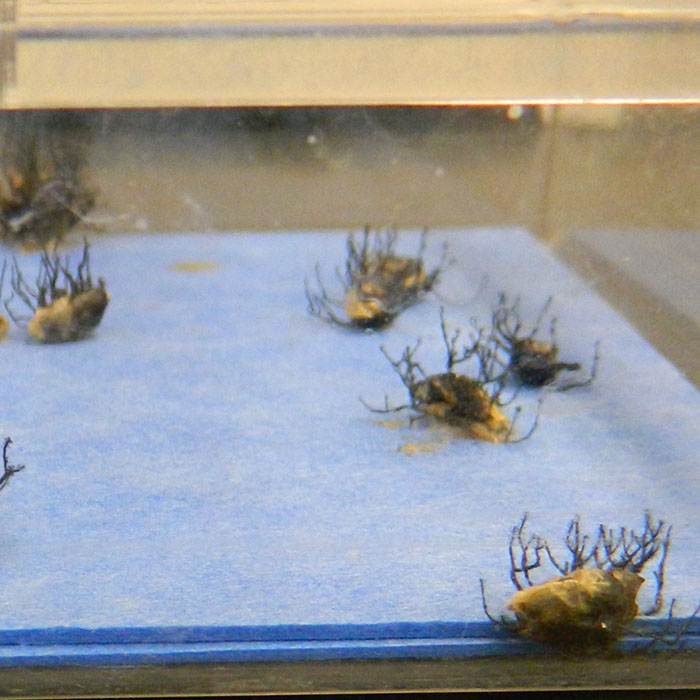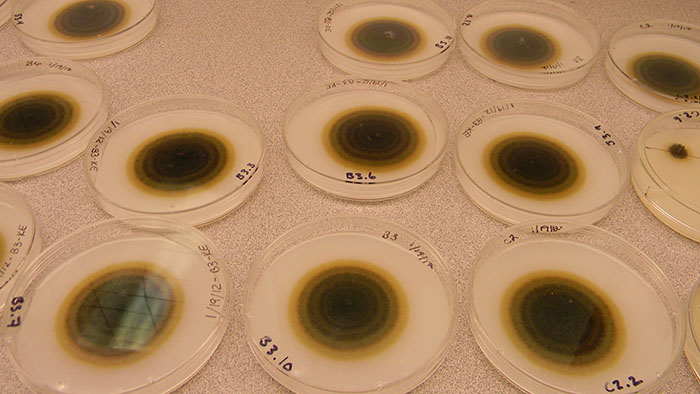As part of her work with Trinity’s Sustainability Campaign ENVS major Vanja Babunski made this video. Enjoy!
Monthly Archives: April 2016
Krista Ehlert Will Continue Weed (oops – invasive species) Research at Trinity
 Krista Ehlert, who is currently finishing her PhD at Montana State University will join our program later this year in August. She will replace Cameron who has been our McKenna Meredith (’48) postdoctoral fellow for the past three years and will move on t – oops I am not allowed to tell you quite yet.
Krista Ehlert, who is currently finishing her PhD at Montana State University will join our program later this year in August. She will replace Cameron who has been our McKenna Meredith (’48) postdoctoral fellow for the past three years and will move on t – oops I am not allowed to tell you quite yet.
After reading through over 50 amazing applications it turned out that we settled for another weed scientist, which means we don’t even have to change the sign on Krista’s lab (Krista, you haven’t seen it yet, but it’s awesome).

 Krista’s research includes both field (see above) and laboratory (see below) experiments as she works on management plans for areas affected by invasive plants. So, if you ever wanted to know what garlic mustard (Allaria petiolata) or hairy jointgrass (Arthraxon hispidus) look like then you might want to consider doing research with Krista. If you have already graduated or are already doing plenty of research you can just come back for a visit, or simply google it :-).
Krista’s research includes both field (see above) and laboratory (see below) experiments as she works on management plans for areas affected by invasive plants. So, if you ever wanted to know what garlic mustard (Allaria petiolata) or hairy jointgrass (Arthraxon hispidus) look like then you might want to consider doing research with Krista. If you have already graduated or are already doing plenty of research you can just come back for a visit, or simply google it :-).
I have to warn you though: here is what she had to say about the picture below (after I asked why she sent me pictures of dead bugs):
“They are SO cool!!!! Those are seeds infected with Pyrenophora semeniperda, (the “black fingers of death” or “BFOD” for short) a fungal pathogen that I’m using to control cheatgrass, an invasive annual grass. It kills the seeds, so you have the potential to limit propagule pressure from the seedbank. So you can see the black fingers poking out of the seeds in that one picture, and the picture of the petri dishes is the BFOD growing on agar. – I then harvest it off of the plates to make an inoculum to infect the seeds with.”
 Which might also explain what these guys are…
Which might also explain what these guys are…
 Welcome Krista – we can’t wait to have you in Hartford!
Welcome Krista – we can’t wait to have you in Hartford!
P.S. Happy Earth Day! Originally I wanted to celebrate by posting a picture of our students out on the main quad where they gathered signatures for a petition to end the sale of bottled water on campus. Yesterday, in bright sunshine, they were eager to stay until Sunday – and then the forecast changed to “chance of showers” and off they went. No pics, no post, no glory. :-(
Signs of Spring
Our measly winter has been coming to an early end this year. Even before the first spring flowers appeared, Christoph took his soils class out of the classroom and into the field. Digging was a bit limited a few weeks ago when he and his students visited Zion Cemetery, where soils are characterized by a thin deposit of eolian sediment. Here we described our first soil profile, measured infiltration rates and tried not to look too suspicious.
This week we went to Wethersfield Cove, where we studied floodplains and floodplain soils. The river was still high, but none of us got too muddy, and we had a good view of the partially flooded floodplain and immature floodplain soils. Next week we’ll be digging up the hydric soils of Wintergreen Woods and, maybe, the Wilkus Farm.



